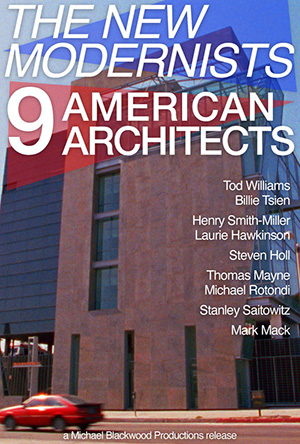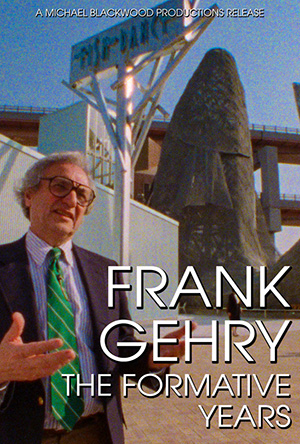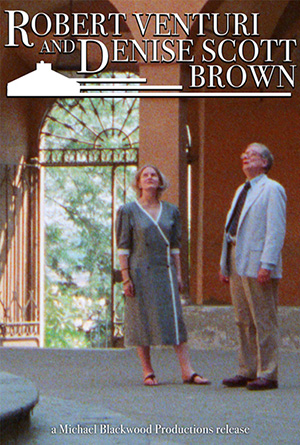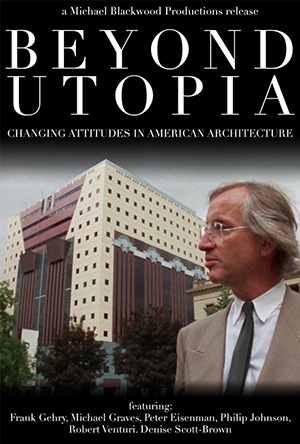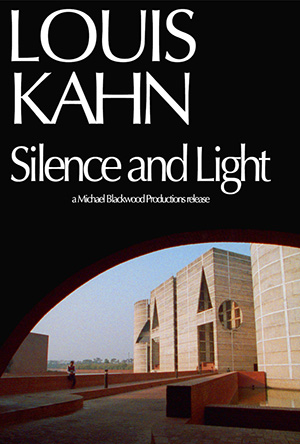The American Architects Collection
The New Modernists: 9 American Architects
This series intends to introduce the work of emerging architects building on the principles of Modernism while evolving a new language drawn from politics, film, literature, theory and the state of the world. This film looks at nine American-based innovators and their work for housing projects, commercial architecture, private houses and renovations, across time zones from New York to L.A. to Japan and beyond.
Frank Gehry: The Formative Years
The American architect most responsible for the new image of the architect as artist is documented in this film at a point in his career when he advances from experimental, private houses to complex institutions and large-scale collaborative urban projects. Frank Gehry: An Architecture of Joy deals with revolutionary work of the 1990s making use of advanced computer software. The Formative Years is a survey of his beginnings when he experimented with his own house in Santa Monica, giving him notoriety in the architecture scene.
Robert Venturi and Denise Scott Brown
Filmed during the design and realization of the Sainsbury extension to the National Gallery in London, Venturi speaks of the revelatory experiences with classical architecture that led to his revolutionary re-appraisal of modern architecture and his landmark text of 1966, Complexity and Contradiction. Wife/partner architect Denise Scott Brown describes their formulation of post-Modern principles in Las Vegas and elsewhere. Architectural historians both attack and defend the National Gallery extension and Venturi and Scott Brown’s work. The video surveys the couple’s major works. Filmed with architects in Las Vegas, Rome, Venice, Philadelphia, and at his mother’s house in Pennsylvania.
Beyond Utopia: Changing Attitudes in American Architecture
In 1982, at the height of the postmodernist adventure in architecture we visit 4 practices: Robert Venturi and Denise Scott Brown, Frank Gehry, Michael Graves and Peter Eisenman – all protégés of Philip Johnson. These innovators rejected the European modernism of Mies and Corbusier in search of alternative directions. Since then their work has made architectural history and has influenced many young architects. Philip Johnson comments throughout the film. The architects show us and discuss their buildings of the time on location and in their offices.
Louis Kahn: Silence and Light
With the participation of William Jordy, Jonas Salk, Aldo Rossi, Arata Isozaki, Tadao Ando, Robert Venturi, Denise Scott-Brown, Brendan Gill, and others.
As an architect, educator, and philosopher, Louis Kahn played a prominent role in the history of 20th century architecture. An examination of six of his most significant buildings gives insight to his unique vision: The Salk Institute in La Jolla; the Kimbell Art Museum in Fort Worth; the Center for British Art in New Haven; the library at Philips Exeter Academy in Exeter, New Hampshire; the Indian Institute of Management in Ahmedabad and the Parliament Buildings of Bangladesh in Dhaka.
The visits to the sites are enhanced with historic footage and sound recordings of Kahn.

